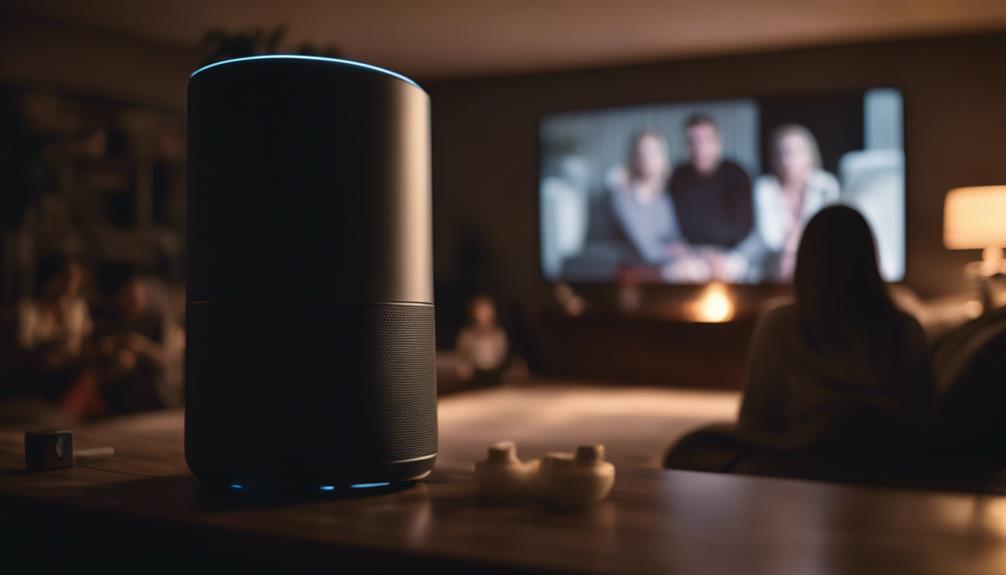In recent years, the landscape of wearable technology has undergone a significant transformation. One of the most intriguing developments in this field is the advent of gadget patches—small, portable, and often adhesive devices that can be attached to the skin. These patches are designed to monitor various health metrics, deliver medications, or enhance user experience in ways that traditional gadgets cannot. This article delves into the evolution, functionality, and future potential of gadget patches, highlighting their significance in modern healthcare and consumer technology.
What Are Gadget Patches?
Gadget patches are skin-worn devices that can perform a variety of functions, including health monitoring, drug delivery, and even communication. They are typically lightweight, flexible, and designed to adhere to the skin without causing discomfort. The technology behind these patches often incorporates sensors, microcontrollers, and wireless communication capabilities, making them a sophisticated alternative to traditional wearables like smartwatches or fitness trackers.Men’S Electronic Gadgets
The Evolution of Wearable Technology
To understand the significance of gadget patches, it’s essential to look at the evolution of wearable technology as a whole. Here is a brief overview:
- Early Fitness Trackers: Devices like the Fitbit introduced the concept of wearables primarily for tracking physical activity.
- Smartwatches: With features like heart rate monitoring, GPS, and app integration, smartwatches became versatile tools for health and communication.
- Health Monitoring Devices: Continuous glucose monitors and heart rate variability sensors paved the way for more specialized health applications.
- Gadget Patches: The latest innovation, offering seamless integration and real-time monitoring without the bulk of traditional devices.
How Do Gadget Patches Work?
The functionality of gadget patches can vary widely depending on their intended use. However, most patches operate using a combination of the following technologies:
- Sensors: These are embedded within the patch to detect physiological signals such as temperature, heart rate, or glucose levels.
- Microcontrollers: These small computing units process data collected by the sensors and control the patch’s operations.
- Wireless Communication: Many patches use Bluetooth or other wireless technologies to transmit data to smartphones or healthcare providers in real-time.
- Drug Delivery Systems: Some patches are designed to deliver medication transdermally, ensuring a steady release of drugs into the bloodstream.
Applications of Gadget Patches
The applications of gadget patches span various fields, particularly in health and wellness. Below are some notable examples:
- Chronic Disease Management: Patches like the FreeStyle Libre monitor glucose levels in diabetic patients, providing real-time data without the need for finger pricks.
- Medication Adherence: Smart patches can release medications at scheduled times, ensuring patients take their medications consistently.
- Fitness and Performance Monitoring: Athletes can use patches that track biometrics such as hydration levels and muscle fatigue.
- Skin Health: Patches that deliver topical treatments for conditions like eczema or psoriasis are becoming increasingly popular.
Case Studies: Success Stories of Gadget Patches
Several companies have successfully developed and commercialized gadget patches, showcasing their potential in real-world applications. Here are a few noteworthy case studies:
1. FreeStyle Libre by Abbott
The FreeStyle Libre is a revolutionary continuous glucose monitoring system that has transformed diabetes management. Patients wear a small patch on their skin that continuously measures glucose levels, providing real-time data via a smartphone app. According to Abbott, over 2.5 million patients worldwide use FreeStyle Libre, emphasizing its impact on improving patient outcomes and quality of life.
2. Viacom’s “Wearable Patch” for Athletes
Developed for elite athletes, Viacom’s wearable patch tracks performance metrics, including heart rate and sweat composition. The data collected helps coaches and athletes make informed decisions about training regimens. Early trials indicated improved performance metrics and reduced injury rates among athletes using this technology.
Challenges and Considerations
While the potential of gadget patches is immense, several challenges need to be addressed to ensure widespread adoption:
- Data Privacy: With real-time health data being transmitted, concerns about data security and patient privacy are paramount.
- Regulatory Approvals: Gadget patches must comply with health regulations, which can be a lengthy and complex process.
- User Acceptance: Education and awareness are crucial for promoting acceptance of new technologies among consumers and healthcare providers.
- Cost and Accessibility: Ensuring these patches are affordable and accessible to all demographics remains a significant hurdle.
The Future of Gadget Patches
The future of gadget patches looks promising, with advancements in technology and increasing consumer demand for health monitoring solutions. Innovations on the horizon include:
- Integration with AI: Artificial intelligence could enhance data analysis, providing personalized health insights.
- Advanced Drug Delivery: Future patches may combine monitoring and drug delivery in a single device, improving treatment efficacy.
- Expanded Market Applications: Emerging fields such as mental health and sleep tracking may benefit from gadget patches.
Conclusion
Gadget patches represent a significant leap forward in wearable technology, offering a unique blend of convenience, functionality, and real-time monitoring. As the healthcare landscape increasingly shifts towards personalized and preventative care, these innovative devices are poised to play a crucial role. However, addressing the challenges of data privacy, regulatory compliance, and user acceptance will be essential for their successful integration into everyday life. With ongoing advancements and a growing market, gadget patches are likely to become a staple in both healthcare and consumer technology, fundamentally changing how we approach health monitoring and management.
